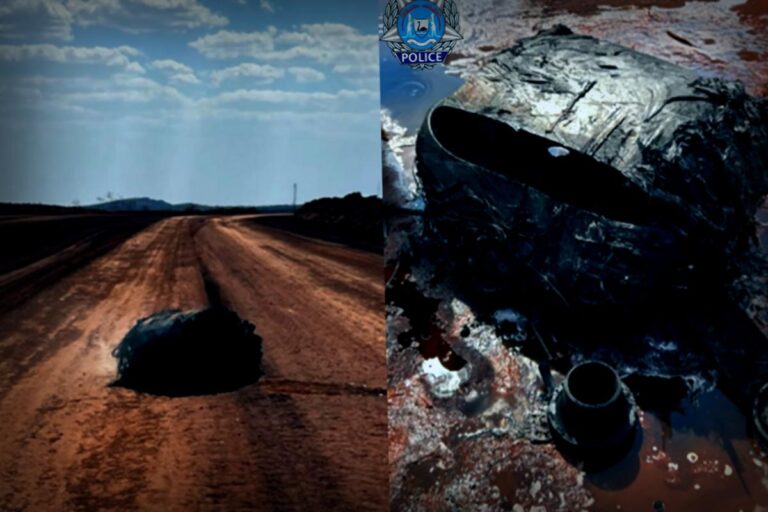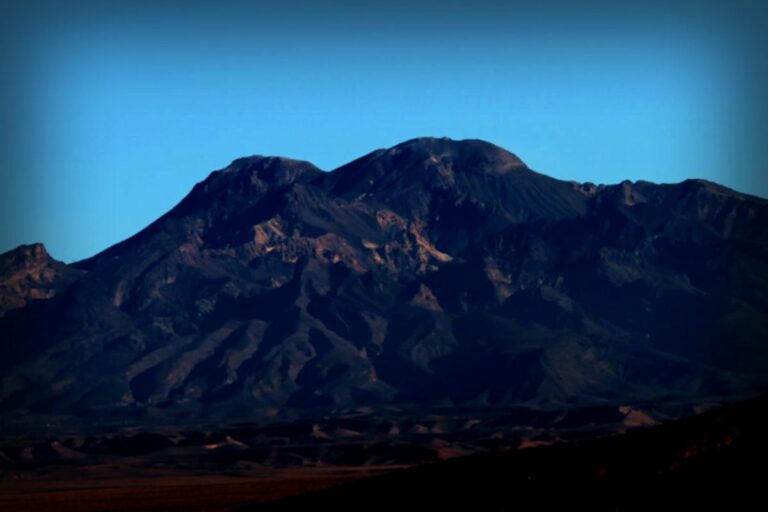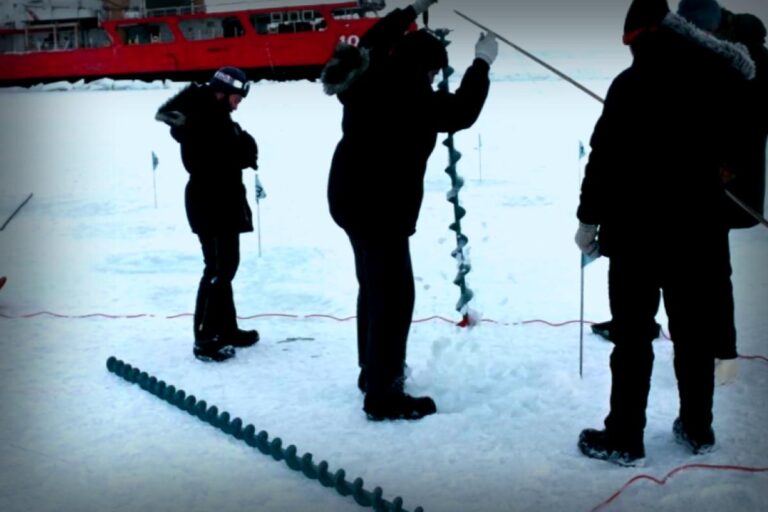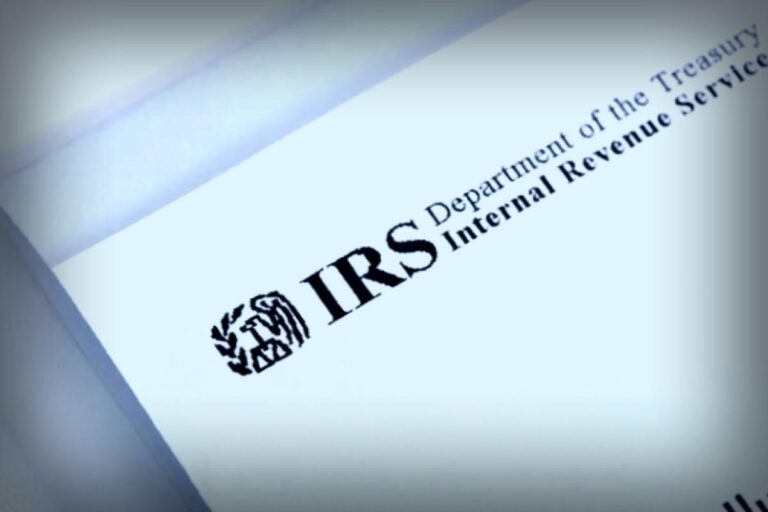On Wednesday, a powerful 8.8 magnitude earthquake struck off the remote shores of eastern Russia, sending tsunami waves racing across the Pacific. Millions are now being urged to evacuate to higher ground as the warning spreads.
The initial impacts were felt in Russia and Japan before the waves headed toward the US states, including Hawaii, California, Oregon, Washington, and Alaska.
As of Wednesday morning, tsunami warnings and advisories were still in effect for parts of Hawaii, California, and areas along the entire US West Coast, with the potential for more waves hitting.
Countries like the Philippines, Indonesia, China, and nations along lower South America, like Chile and Peru, also took precautions, though several had cancelled their advisories later.
This quake off the Kamchatka Peninsula marked the strongest seismic event globally since a devastating 9.0 quake impacted Japan in 2011. It now ranks among the top six strongest earthquakes on record.
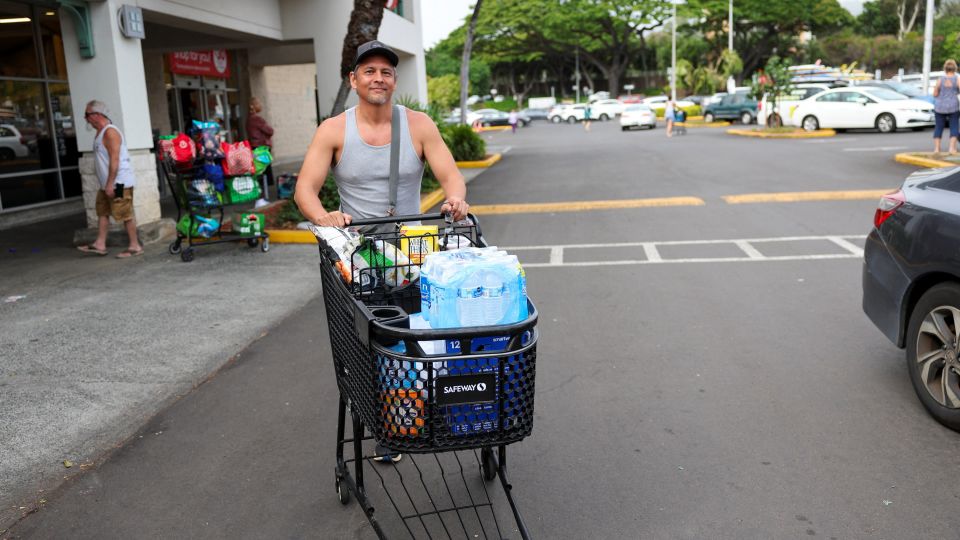
At this point, the full ramifications of the tsunami waves are still uncertain, with initial damage reports being minor. However, experts caution that wave strength can fluctuate dramatically depending on location, urging people to steer clear of coastlines for safety, with more waves potentially arriving for hours after the initial strike.
The Epicenter of the Earthquake
The earthquake hit about 74 miles (119 kilometers) southeast of the city of Petropavlovsk-Kamchatsky, at a depth of 20.7 kilometers, based on data from the US Geological Survey (USGS).
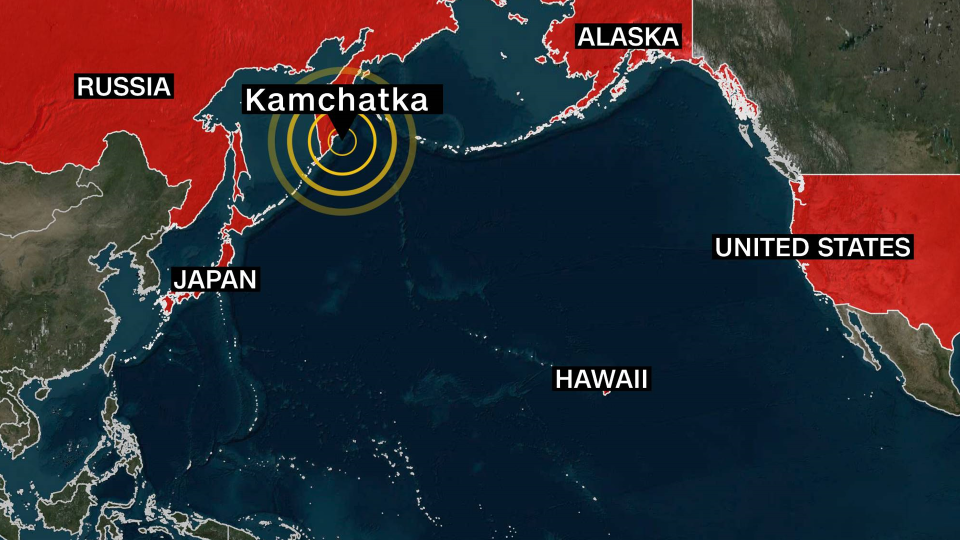
This region of Kamchatka is thinly populated but lies within the Pacific Ring of Fire, noted for its volcanic activity and seismic power.
In the hour following the main quake, the area experienced two substantial aftershocks measuring 6.3 and 6.9 magnitudes, along with numerous smaller shocks exceeding 5 felt in the region shortly thereafter.
Areas on Alert
The earthquake triggered tsunami alerts spanning oceans, sending warnings to regions as far as Ecuador and Chile.
In Japan, evacuations were ordered for over 1.9 million residents as waves approached the nation’s northern and eastern shores.
Severe tsunami warnings went out for the Hawaiian islands and from Cape Mendocino all the way to the Oregon coast.
By 11 p.m. HST, the tsunami alert level for Hawaii was downgraded to an advisory, effectively eliminating serious warnings coast-wide, leaving only northern California under a tsunami watch.
In Oahu, evacuations have been lifted, but public officials remain cautious. “Assess what’s happening around your homes and look out for potential flooding,” advised James Barros, head of Hawaii’s Emergency Management Agency, during a news conference.
Further tsunami advisories exist for the remainder of the west coast states and Alaska’s Aleutian Islands, extending deep into Canada.”, “
Tsunami alerts were also declared for regions in Chile, Peru, and Ecuador. Reports indicate that the Galapagos Islands could see tsunami waves reaching 1.4 meters (4.6 feet) as early as 9 a.m. local time.
Moreover, a tsunami alert has been released throughout Central America and Mexico, covering regions from Ensenada through to Panama. U.S. territories, such as Guam and the Northern Mariana Islands, are under similar warnings.
Hawaii Faces Tsunami Threat
As the hawaiian islands brace for possible waves, officials in Honolulu, including Mayor Rick Blangiardi, are advising people to ascend to higher ground as sirens echo across the city. Emergency shelters are being set up in Oahu, Kauai, and Maui.
Mayor Blangiardi has urged the public to remain calm yet informed, indicating that if you reside in low areas, now’s the time to seek safer ground.
Governor Josh Green also mandated that coastal zones be evacuated to mitigate risk. “This wave could wrap around the islands, affecting all coasts,” he stated during a news briefing.
The first tsunami waves hit Hawaii’s coast in the early evening. A wave exceeding 5 feet was recorded in Kahului, along Maui’s north-central shoreline. So far, Green reports no significant wave impact or damage beyond this point.
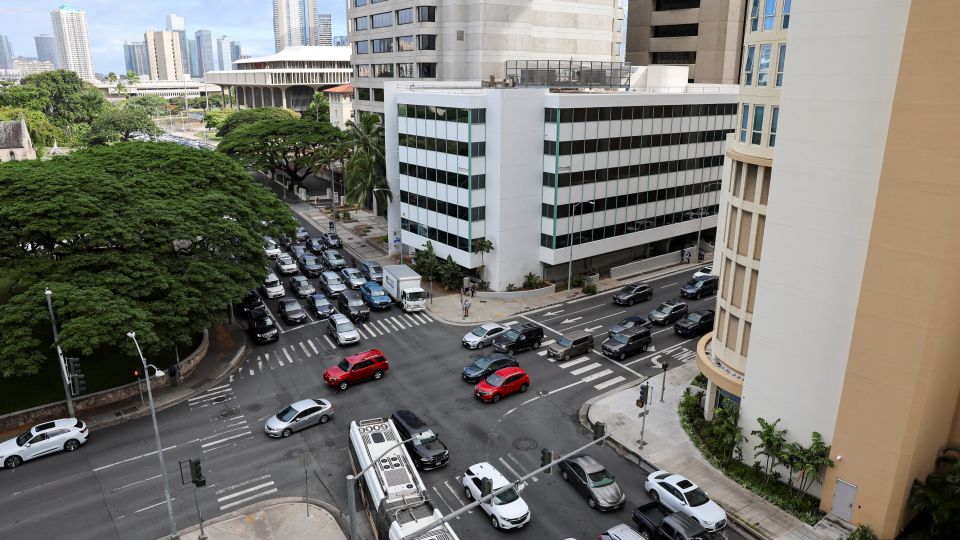
Hotels on the Big Island quickly began evacuating guests Tuesday evening, as flights to and from Maui had to be cancelled with 200 people seeking shelter in the airport terminal.
Japan’s Quick Response
Japan’s northernmost region of Hokkaido was quick to experience tsunami waves as well, peaking at measures of 60 centimeters (around 2 feet). Sirens could be heard throughout the morning, with videos showing people evacuating to rooftops for safety.
The nation urged over 1.9 million residents to keep moving towards safer areas, as waves approached the east coast while inching closer to Tokyo, although initial forecasts indicated potential heights of up to 3 meters; some marketistry norms could shift further developments.
A wave measuring 1.3 meters (around 4.3 feet) struck Kuji Port in northern Japan (iwate region) and officials have indicated wave growth.
In the Severo-Kurilsk district of Russia, near the earthquake’s center, a state of emergency was declared with reports of waves dismantling boats and debris from storage facilities. Around 300 individuals had to be relocated by emergency workers.
A tsunami wave reaching 3-4 meters was documented in Kamchatka’s Yelizovo District as coastal regions were impacted.
As of now, a ponding surge of about 1 foot was identified near Amchitka Island, where seismic activity has been notable.
This news is actively developing – stay tuned for updates.
Reporting contributions from numerous CNN staff, including Helen Regan, Jessie Yeung, Brandon Miller, Angela Fritz, Nina Subkhanberdina, Tori B. Powell and more.
Stay updated and access further CNN news by registering at CNN.com.







